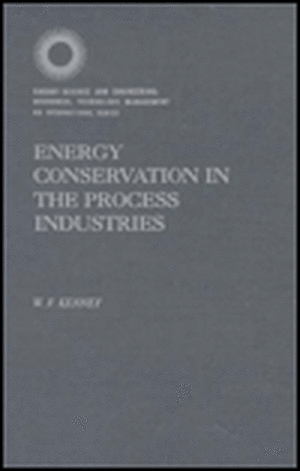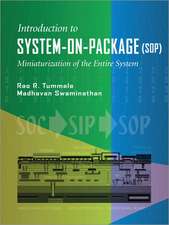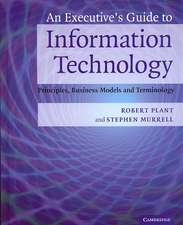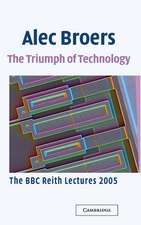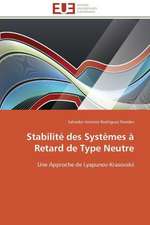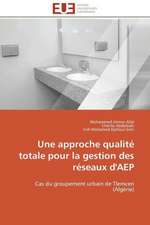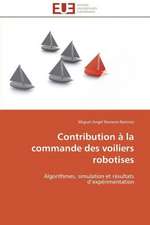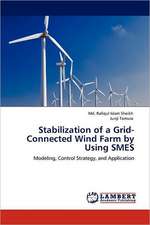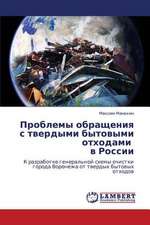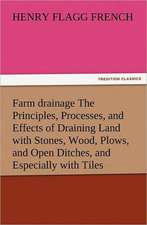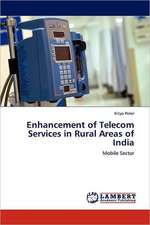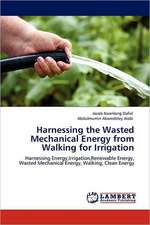Energy Conservation in the Process Industries
Autor W. F. Kenneyen Limba Engleză Hardback – 11 iul 1984
Preț: 441.36 lei
Preț vechi: 573.20 lei
-23% Nou
Puncte Express: 662
Preț estimativ în valută:
84.46€ • 90.31$ • 70.42£
84.46€ • 90.31$ • 70.42£
Carte tipărită la comandă
Livrare economică 18 aprilie-02 mai
Preluare comenzi: 021 569.72.76
Specificații
ISBN-13: 9780124042209
ISBN-10: 0124042201
Pagini: 329
Ilustrații: 1
Dimensiuni: 152 x 229 x 26 mm
Greutate: 0.7 kg
Editura: ELSEVIER SCIENCE
ISBN-10: 0124042201
Pagini: 329
Ilustrații: 1
Dimensiuni: 152 x 229 x 26 mm
Greutate: 0.7 kg
Editura: ELSEVIER SCIENCE
Cuprins
PrefaceList of Common Symbols1. Energy Outlook Introduction I. Scope of the Problem II. Thermodynamic Efficiencies III. The Fundamental Strategy Notes2. The Second Law of Thermodynamics Revisited Differences between Laws I. Definitions II. Available Energy and Fuel Summary Notes3. Thermodynamics and Economics, Part I Introduction I. General Considerations II. A Systematic Approach to Steam Pricing III. Pricing Other Utilities Summary Notes4. Characterizing Energy Use Introduction I. Understanding Energy Use II. Missing Data III. An Illustrative Onsite Audit IV. An Illustrative Steam Power Balance Summary Notes5. Optimum Performance of Existing Facilities Introduction I. Principle 1—Minimize Waste II. Combustion Principles III. Illustrative Problems—Combustion Efficiency IV. Steam Trap Principles V. Principle 2—Manage Energy Use Effectively Summary Notes6. Facilities Improvement-An Overall Site Approach Introduction I. Utilizing the Energy Audit II. Overall Site Interactions III. Total Site Cogeneration Potential Problem: Maximum Potential Fuel Utilization IV. The Linear Programming Approach Summary Notes7. Methodology of Thermodynamic Analysis: General Considerations Introduction Sign Conventions I. Detailed Procedures II. Illustrative Examples Summary Notes8. Detailed Thermodynamic Analysis of Common Unit Operations Introduction I. Heat Exchange II. Expansion-Pressure Letdown ΔΡ III. Mixing IV. Distillation—A Combination of Simple Processes V. Combustion Air Preheating Summary Notes9. Use of Thermodynamic Analysis to Improve Energy Efficiency Introduction I. Overall Strategy II. Reducing Available Energy (Work) Losses III. Accepting "Inevitable" Inefficiencies IV. Optimization through Lost Work Analysis V. Research Guidance Summary Problem: Phthalic Anhydride Process Improvement Notes10. Thermodynamics and Economics, Part II: Capital-Cost Relationships Background Information I. The Entire Plant Energy System is Pertinent II. Investment Optimization III. Defining the Limits of Current Technology IV. Fundamental Process Improvements Summary Notes11. Systematic Design Methods Introduction I. Process Synthesis II. Applications to Cogeneration Systems III. Thermoeconomics IV. Systematic Optimization Thermoeconomics Summary Notes12. Guidelines and Recommendations for Improving Process Operations Introduction I. Chemical Reactions II. Separations III. Heat Transfer IV. Process Machinery V. System Interactions and Economics VI. A Checklist of Energy Conservation Items VII. Shortcomings of Guidelines NotesIndex
